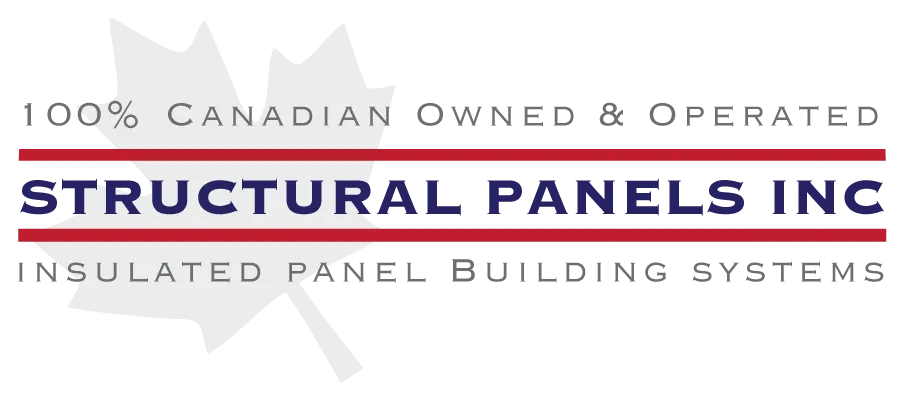EPS Properties
The word Styrofoam is often used to describe expanded polystyrene (EPS) foam; however, ‘Styrofoam’ is actually a trademarked term for closed-cell extruded polystyrene foam made for thermal insulation and craft applications. EPS foam is the correct term for any form of expanded polystyrene. EPS Insulation is composed of organic elements – carbon, hydrogen and oxygen – and does not contain chlorofluorocarbons (CFCs) or hydrochlorofluorocarbons (HCFCs).
There are many benefits to working with EPS:
• Long-term R-value (‘R’ is the resistance to heat flow. Click here to find out how R-Values are established.)
• Energy efficiency
• Constant thermal resistance
• Measurable energy savings
• Strength
• Sustainability
• No growth of bacteria, nor will it decay over time
• Dimensional stability
• Chemical inertness
Panel Properties
- 2” to 10” thick
- Rigid EPS core resulting in a strong yet light weight panel
- Panels are produced on a continuous lamination line, which ensures oustanding quality and economy
- Panel facings are permanently bonded to EPS core with a heat polymerizing adhesive
Panel edge profile is a friction fit tongue and grove that is installed in a U channel or L shaped edge - Any transportable length, however we may recommend bisecting very long panels to make installation and maneuvering safer and easier
- Installation process can cut construction costs in half. Tongue and grove edge enables ease of construction and the edge harmonizes with our ROCKWALL™ panel system
- High thermal barrier envelope and vapour resistance resulting in significant energy saving R-value (about R4 per inch) for consistent thermal performance and thermal envelope. Energy cost savings of as much as 30% over traditional multi part building systems
- ISOWALL® panels are listed in the CFIA construction materials manual for registered establishments under I079
- Panels last as long as the service life of a typical commercial building and comply with various industry standards and building safety codes. Our durable panels also reduce operational costs for energy and maintenance, and offer multiple end-of-life reuse options
- The steel skins on ISOWALL® panels contain a substantial amount of recaptured metal and are low-weight material to reduce transport and installation energy
- BMEC (Building Materials Evaluation Commission) Authorization 95-12-197
Exterior facings have continuously roll formed rib/groove configuration consisting of 0.06” deep grooves spaced approximately 6” apart - Exterior facings are CIFA accecpted .018” minimum galvanized steel, G-90 hot dipped, conforming to ASTM A653-Grade 33 pre-coated with a nominal .001” thick modified silicone polyester finish (standard finish: imperial white)
- Plastic coated steel interior facings are, where designated, 0.018” minimum, galvanized steel, hot dipped, conforming to ASTM A653-Grade 33, pre-coated with .04” CFIA Acceptable White polyvinyl chloride plastisol. Plastic Coated Steel interior facings shall have continuously roll-formed configuration consisting of 0.06” deep grooves spaced approximately 5” apart
- ISOWALL® panels have been tested by NRC and meet Flame Spread Test in accordance with ULC S102, ULC C376-95, UL-5138 (Flame spread 25, smoke developed 290), Intertek NP-C463 for use in sprinkelered buildings. Complies with CAN/ULC S1023
